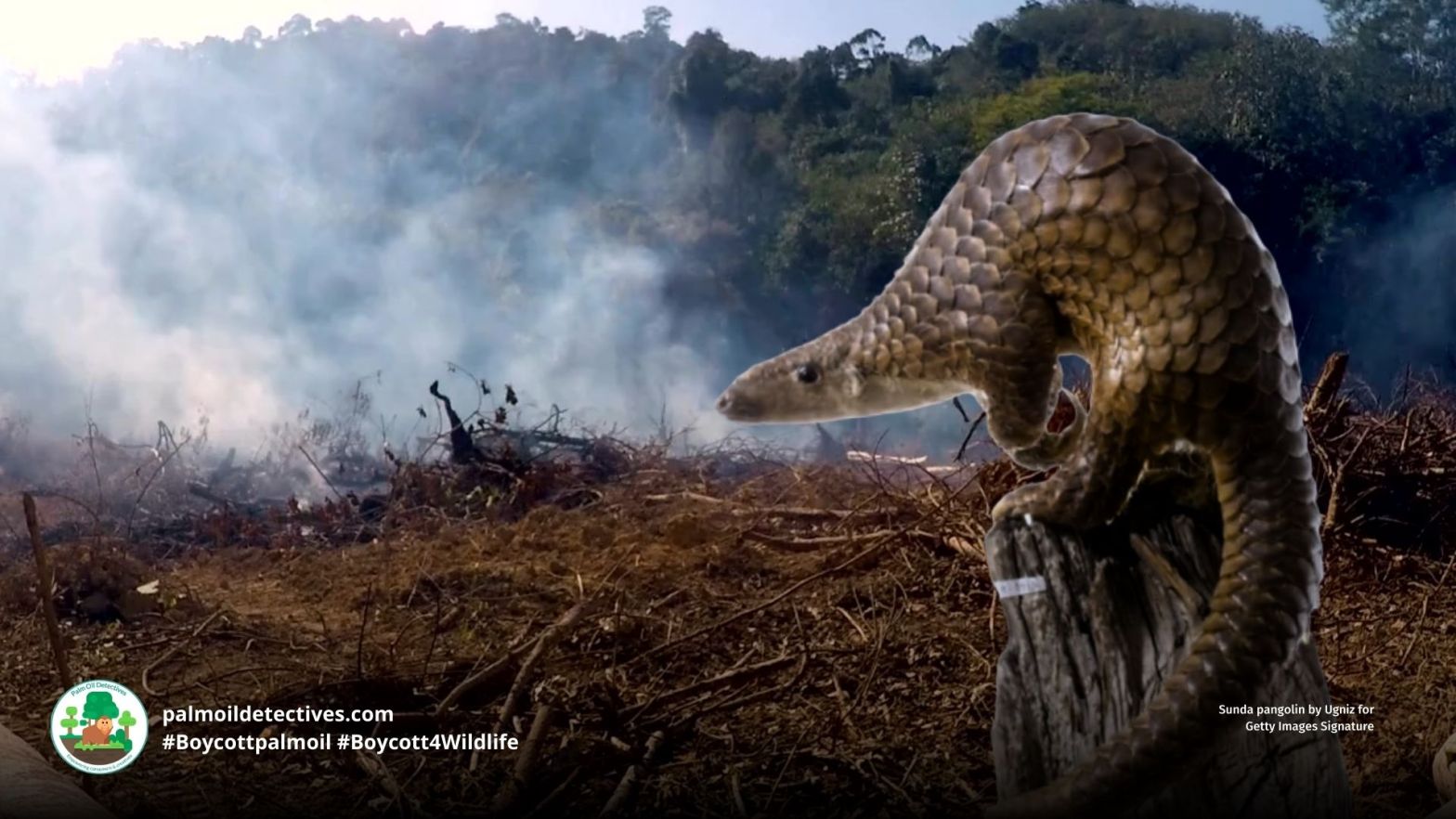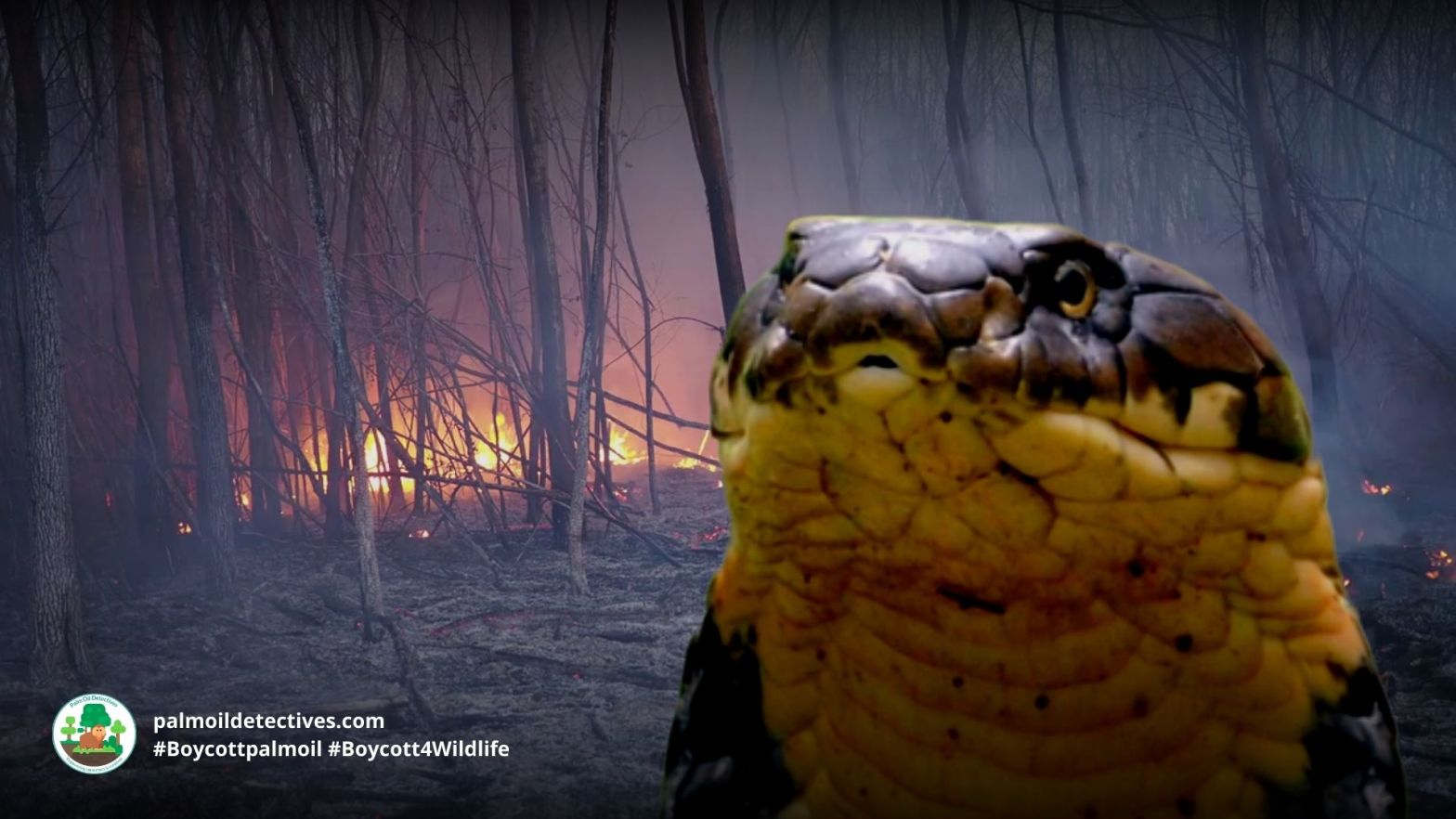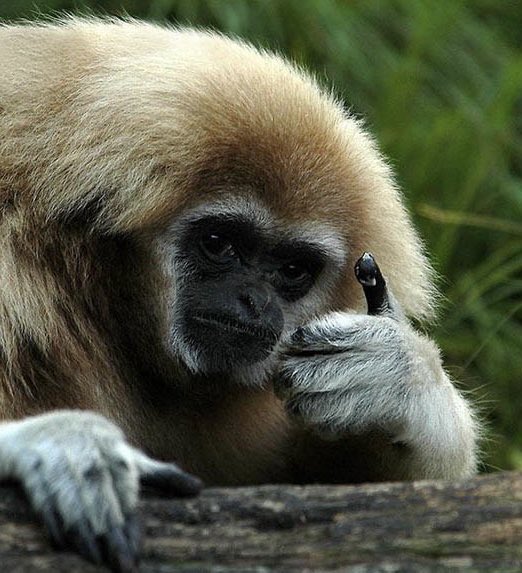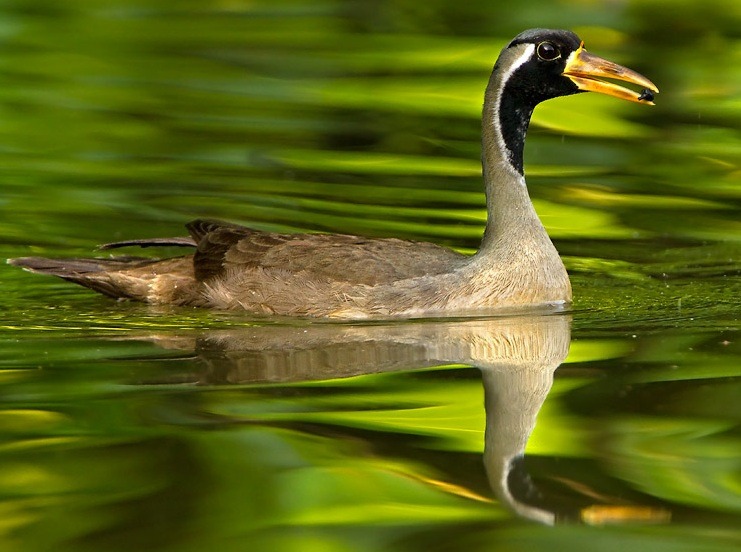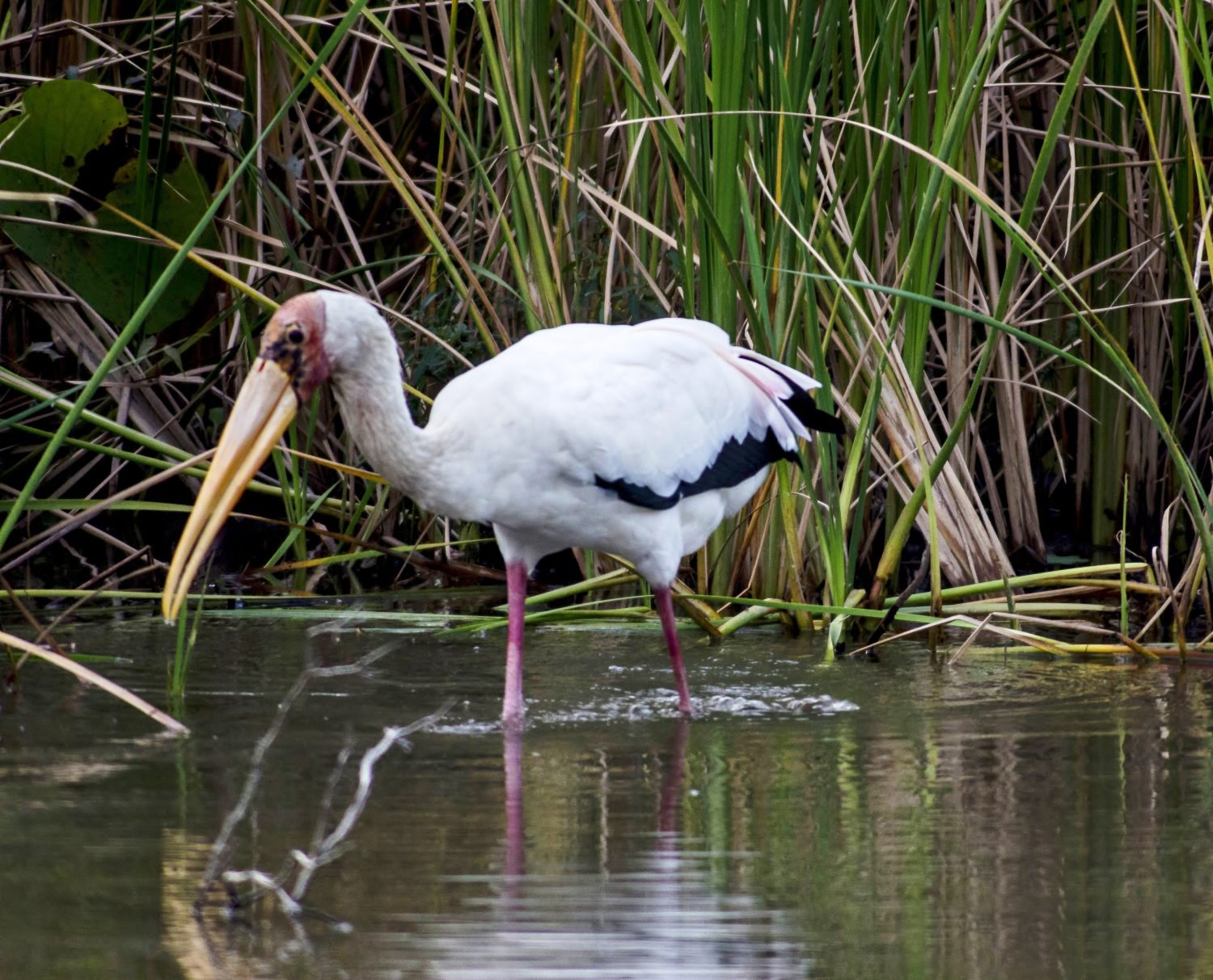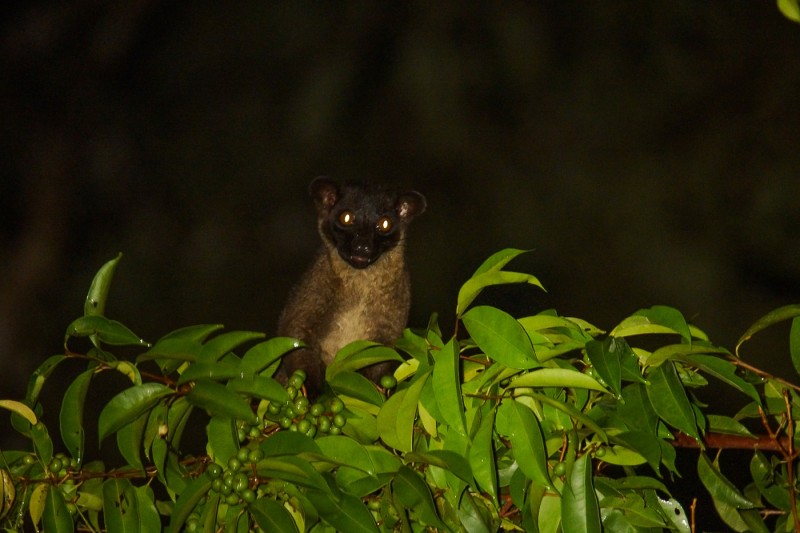The Nicobar pigeon is the largest pigeon in the world and the closest living relative to the extinct dodo bird. They are famous for their gorgeous iridescent feathers. When threatened they make a pig-like grunt and are known for the strange way that they drink – by dunking their heads into water and sucking it up instead of sipping as other birds do. They are Near Threatened from palm oil deforestation on the Nicobar and Andaman Islands in #India along with hunting and the pet trade. Help their survival and #Boycottpalmoil #Boycott4Wildlife in the supermarket.
Tag Archives: Cambodia
Sunda Pangolin Manis javanica
Sunda pangolins, also known as the Malayan or Javan pangolins, possess quirky traits that make them truly intriguing. They are capable swimmers and have a remarkable defense mechanism of curling into a protective ball, walk in an upside-down manner, and communicate through scale vibrations. As consummate insectivores, they rely on their long, sticky tongues to extract ants and termites from mounds. These pangolins have a slow metabolism, lack teeth but have a gizzard-like structure, and feature a specialised digestive system. To protect these unique creatures and their habitat, it’s crucial to take action. Join the movement and raise awareness by boycotting palm oil, which contributes to deforestation and threatens wildlife. Help them every time you shop and be #vegan #Boycottpalmoil and #Boycott4Wildlife in the supermarket
Dhole Canis Cuon alpinus
Fiercely protective, elusive and beautiful Dholes are an ancient species of wild dog that diverged from other dog species millions of years ago. Dholes are also known as Asiatic Wild Dogs, Indian Wild Dogs, Red Wolves and Mountain Wolves. Once found across the Russian Steppe, China, the Middle East and northern Asia their range has been fractured and reduced dramatically by human-related pressures and threats. They are now Endangered on IUCN Red List.
The Dhole have a striking and intense appearance with thick and dense fur ranging from pale gold, to yellow to dark reddish-brown and grey-brown. Their underside is typically a paler colour of creamy white. They differ from other dog species in that they have a thicker muzzle, one fewer molar on each side of their jaws and additional teats. They are average sized dogs and typically weigh between 10 – 25kg with males being about 4.5kg heavier than females.
Marbled Cat Pardofelis marmorata
Marbled Cat Pardofelis marmorata Bangladesh; Bhutan; Brunei Darussalam; Cambodia; China; India; Indonesia (Kalimantan, Sumatera); Lao People’s Democratic Republic; Malaysia (Sarawak, Sabah, Peninsular Malaysia); Myanmar; Nepal; Thailand; Vietnam Near Threatened Southeast Asia has one of the highest and fastest deforestation rates mainly due to logging and forest conversion for human settlements, agriculture, oil palm, coffee, rubberContinue reading “Marbled Cat Pardofelis marmorata”
King Cobra Ophiophagus hannah
Known as the serpentine king of the jungle in South East Asia, the King Cobra lives in many different environments including pristine forests, degraded forests, mangroves, swamps and woodlands. The main threats that they face are as a result of palm oil deforestation and other agricultural expansion throughout their range. Help them and #Boycottpalmoil #Boycott4Wildlife
Pileated Gibbon Hylobates pileatus
Pileated Gibbon Hylobates pileatus Endangered Cambodia; Laos, Thailand The Pileated Gibbon is listed as Endangered as they are suspected to have experienced a reduction of more than 50% over a time frame of three generations (45 years) in the past. Most populations are not yet secured in protected areas, and the main threats are habitatContinue reading “Pileated Gibbon Hylobates pileatus”
Bengal Slow Loris Nycticebus bengalensis
The Bengal Slow Loris’s are wide-eyed beauties that are arboreal and nocturnal and live in tropical evergreen rainforest, semi-evergreen forest, and mixed deciduous forest. They are the largest loris species and feed predominantly on plant sap. They are now endangered in Malaysia and other parts of South East Asia, their primary threats are illegal capture for the pet trade and #palmoil #deforestation throughout their range. Help them every time you shop and #Boycottpalmoil #Boycott4Wildlife
Lar Gibbon Hylobates lar
Lar Gibbon Hylobates lar Endangered Malaysia, Cambodia, Thailand, Laos, Vietnam, Bangladesh The Lar Gibbon is found in evergreen, semi-evergreen, and mixed evergreen-deciduous forest (sometimes known as “dry evergreen” forest, in the northern parts of their range), and is known to utilize regenerating secondary forest and selectively logged forest (Johns 1985). In northwestern Thailand, white-handed gibbonsContinue reading “Lar Gibbon Hylobates lar”
Masked Finfoot Heliopais personatus
Masked Finfoot Heliopais personatus Endangered Borneo, Malaysia, Thailand, Laos, Vietnam, Cambodia, Myanmar, Indonesia, Bangladesh, India, Singapore The Masked Finfoot lives principally in rivers in lowland riverine forest including mangroves, but has been recorded in coastal and inland wetlands, such as tidal creeks, flooded forest, swamps and lakes (rarely reservoirs or industrial pools on passage). OneContinue reading “Masked Finfoot Heliopais personatus”
Red-cheeked Gibbon Nomascus gabriellae
Red-cheeked Gibbon Nomascus gabriellae Endangered Location: Cambodia, Laos, Vietnam Like other gibbons, Red-cheeked Gibbons are arboreal and diurnal, with singing bouts averaging 12 minutes and lower calling frequencies in the wet season (Rawson 2004, Kenyon 2007). The species displays a monogamous social structure of adult pair and offspring. Average group size is estimated at 3-5Continue reading “Red-cheeked Gibbon Nomascus gabriellae”
Northern Yellow-cheeked Crested Gibbon Nomascus annamensis
Northern Yellow-cheeked Crested Gibbon Nomascus annamensis Endangered Location: Cambodia, Laos, Vietnam The Northern Yellow-cheeked Crested Gibbon lives in broadleaf evergreen and semi-evergreen forests, at elevations of between 100-1,200 m asl. These gibbons are frugivorous but also consumes significant proportions of leaves, young shoots and flowers. They are also known to feed on Finlayson’s Squirrel (singleContinue reading “Northern Yellow-cheeked Crested Gibbon Nomascus annamensis”
Milky Stork Mycteria cinerea
Milky Stork Mycteria cinerea Endangered Cambodia; Indonesia; Malaysia The Milky Stork is a predominantly coastal resident in Indonesia and Malaysia, inhabiting mangroves and adjacent, less saline, swamps. It forages on tidal mudflats, in saline pools, freshwater marshes, fishponds and rice-fields. The species has been documented as eating fishes, prawns and crabs (Iqbal et al. 2008,Continue reading “Milky Stork Mycteria cinerea”
Red-shanked Douc Langur Pygathrix nemaeus
If you have never seen the Red-shanked Douc Langur, you are in for a real treat.
These vividly coloured creatures have a fairytale quality. They thrive in lush forests, from lowlands to mountainous regions, and even limestone habitats. However, they are facing imminent threats to their existence – hunting and palm oil deforestation.
By boycotting palm oil and embracing a vegan lifestyle, you’re not just helping them, but also our planet. The palm oil industry and meat industry directly and indirectly causes tropical deforestation, destroying the homes of countless animals, including the Red-shanked Douc Langur.
Every time you shop use your wallet as a weapon and #Boycottpalmoil, be #vegan and #Boycott4Wildlife
Southern River Terrapin Batagur affinis
With their blazing yellow eyes, southern river terrapins cut a striking figure. They are critically endangered from #palmoil and #mining #deforestation in Indonesia and Malaysia. Fight for them and #Boycottpalmoil #Boycott4Wildlife
Elongated Tortoise Indotestudo elongata
The critically endangered Elongated Tortoise (Indotestudo elongata) faces severe threats from habitat destruction and the palm oil industry. Learn about their plight and how you can help. #BoycottPalmOil #Boycott4Wildlife
Sun Bear Helarctos malayanus
Sun bears are playful and energetic small bear species from South East Asia who are increasingly becoming marginalised by deforestation and trade for their body parts.
With their glistening golden crescent chest markings, these bears embody uniqueness and bold beauty. Despite their tenacity palm oil and timber deforestation is an unmatched threat to their survival. They are now vulnerable from this and other threats and have lost 50-80% of their range. Help to protect them and #Boycottpalmoil #Boycott4Wildlife in the supermarket!
Otter Civet Cynogale bennettii
Otter Civet Cynogale bennettii Endangered Extant (resident): Brunei Darussalam; Indonesia (Kalimantan, Sumatera); Malaysia (Peninsular Malaysia, Sabah, Sarawak) Presence Uncertain: Thailand Little is known of Otter Civet habitat and ecology. This species was believed to be confined largely to peat swamp forests, but there are now also records from lowland dipterocarp forest (Sebastian 2005, Cheyne et al. in prep.). TheyContinue reading “Otter Civet Cynogale bennettii”
Hairy-nosed Otter Lutra sumatrana
Hairy-nosed Otter Lutra sumatrana Endangered Extant (resident): Cambodia; Indonesia; Malaysia; Thailand; Vietnam Possibly Extinct: Brunei Extinct: India; Myanmar Presence Uncertain: Laos Hairy-nosed Otters live in freshwater and coastal areas, especially mangroves in Indonesia, as well as rivers and waterways of other parts of South East Asia including Cambodia, Indonesia, Malaysia, Thailand and Vietnam. However thisContinue reading “Hairy-nosed Otter Lutra sumatrana”


